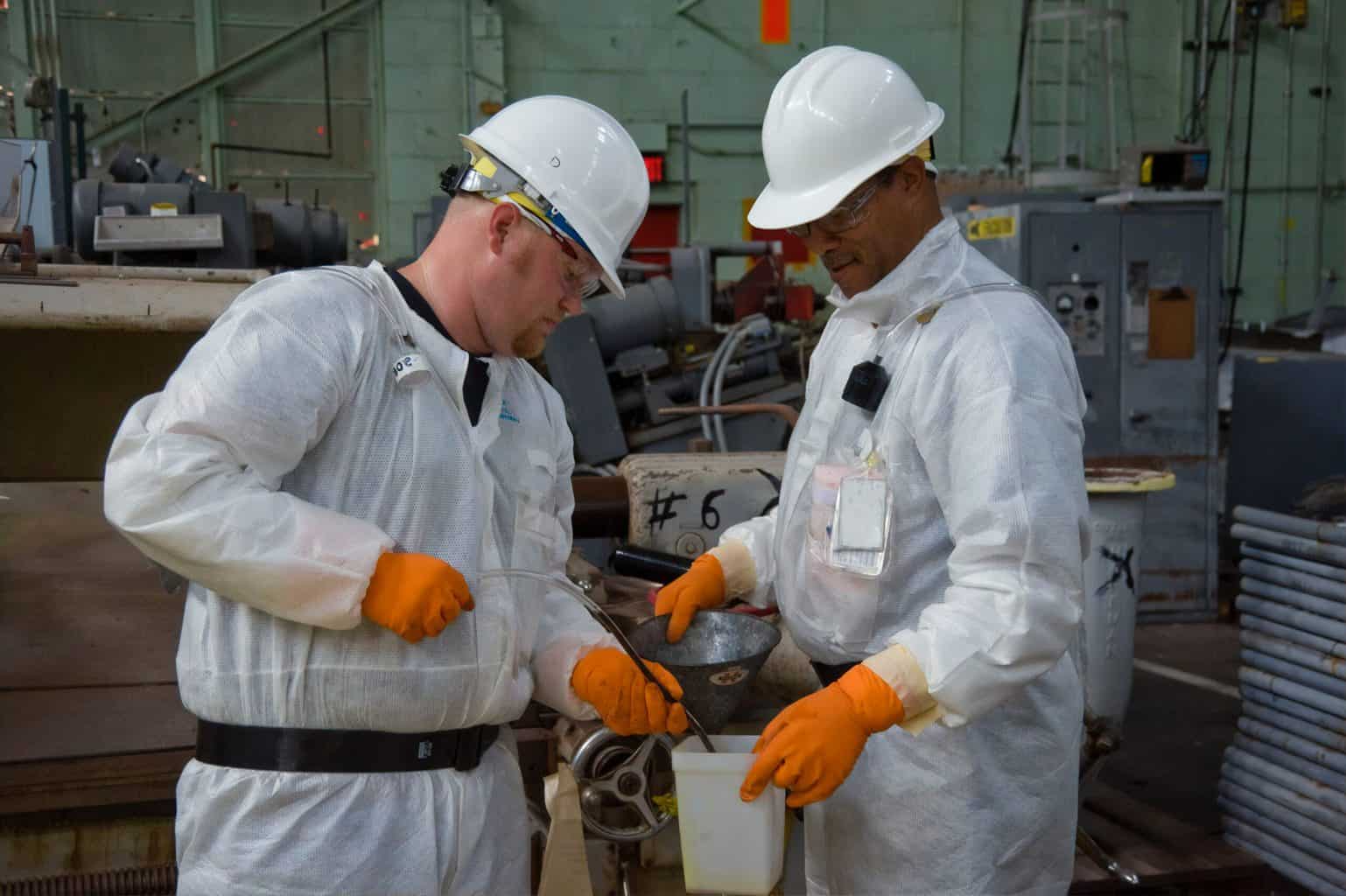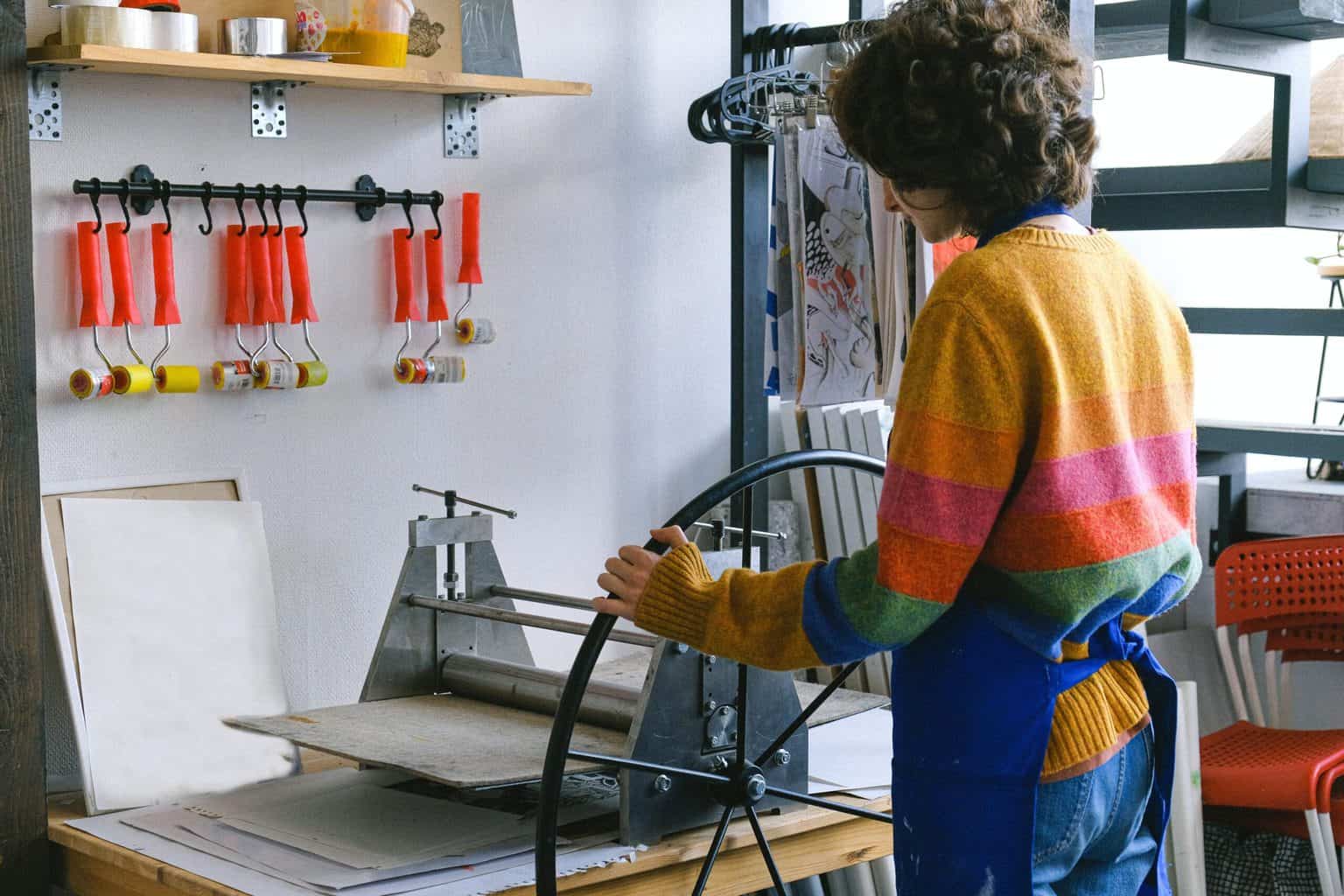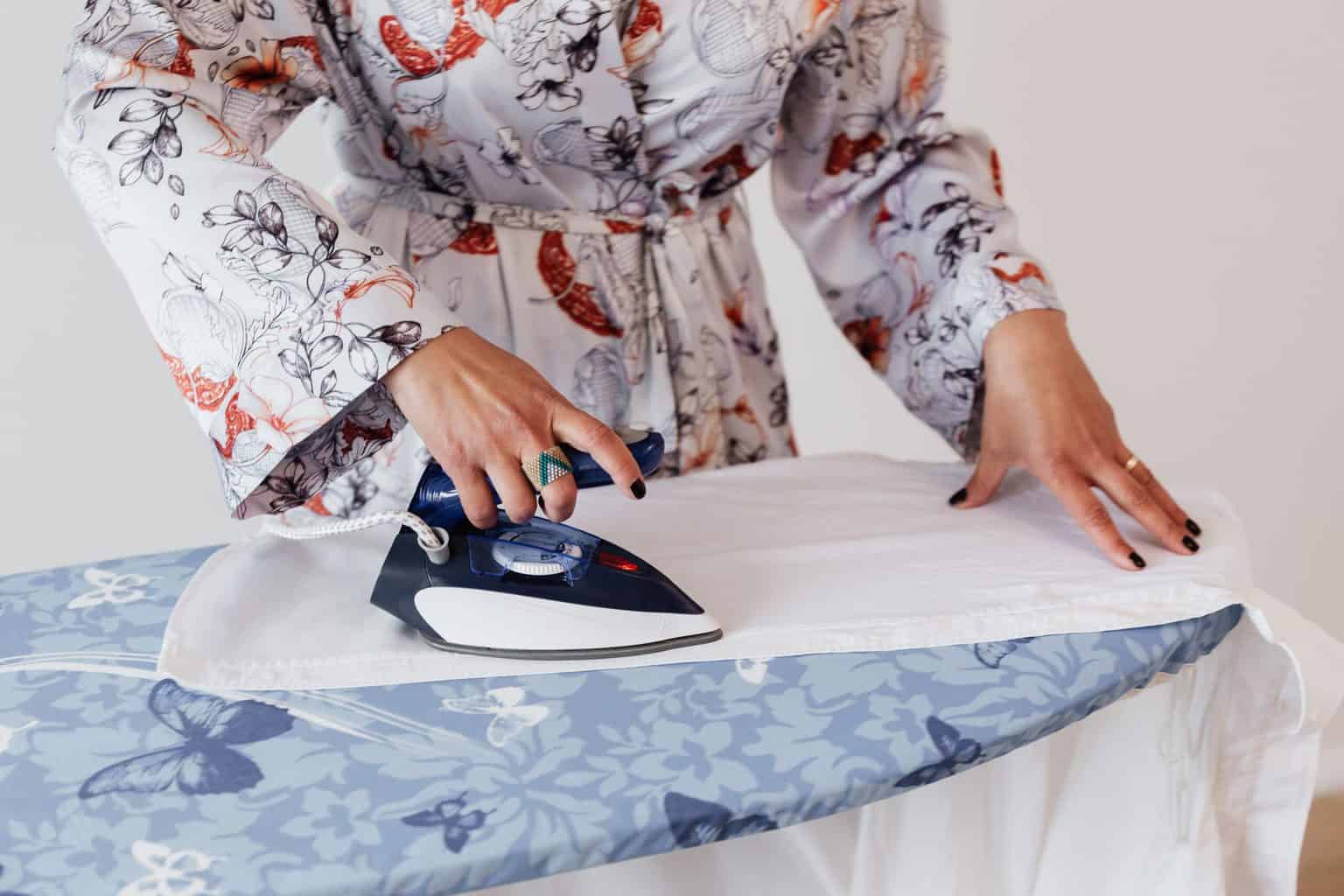As an Amazon Associate we earn from qualifying purchases.
How many times did you want to have your own customized logo etched on a metal object you use?
Whether it be a stainless steel knife or a random metal sheet, you can etch text, logo and whatever you like by applying vinegar method.
You heard me right. You no longer need to take the metal object to a workshop to get it etched.
The finishing of the work isn’t quite noticeable. So, without further talks, let’s help you with this regard.
Etching Metal with Vinegar
I’m going to show you several ways to do it. Depending on the metal type and size, you can go with whatever method you want.
Safety First
Regardless of the method you choose, make sure you take necessary precautions. You will be dealing with acid, current volts, and sharp steel. Therefore, using gloves is a must.

Method 1: Etch Logo Using Vinegar, Salt and, 9V Batteries
If you want to have your text or customized logo on stainless steel knife or cup or metal of smaller size, this method will be enough. The things you will need is
- Vinegar
- Salt
- A 9V battery
- An electrical tape
- An exacto knife
These items are easily available in most households.
To ensure a clean and non-oxides surface, you will need to sand the steel with high grit sandpaper. Now, determine on which part of the steel you want to etch. You need to cover the area that you do not want to etched with electrical tape.
It’s time to etch logo or text or whatever you want. Take an exacto knife and cut out the pattern you want to etch on the steel. The well you can cut out the pattern, the well it will be etched.
Now connect the alligator clips with the 9V battery. Carefully attach the black one to the negative terminal and red one to the positive terminal.
Pour vinegar in a cup and add some salts in it. The mixture of vinegar and salt is going to do the trick.
Now, on the other side of the red alligator clip should be clipped to the upper side of the metal. Take a cotton bud and soak the tip of it into the mixture of vinegar and salt, and then attach the vinegar part to the negative terminal with the black clip.
Head to the patter you sketched with an exacto knife, and tap over the pattern slowly with the soaked tip of the cotton bud. You might need to hold tapping over the pattern for 5 sec.
Hold like this to the entire pattern. You will hear some sound and see tinny little bubbles and smoke around it.
When the cotton bud gets too dirty, you will need to use another cotton bud for better results.
You can also apply this method without adding salt to the vinegar. But that will not etch the metal better than what would have been etched with the mixture of both.
Checking the Result
Disconnect all the clips and remove the electric tape to see the magic. You just got your logo or text to a metal surface.
You can change the power source. If you go with two 9V batteries, it will etch twice faster than with the one battery which makes much sense. However, if you use a 12A=1V charging adapter, the result will be much better than using the batteries.
If you decide to go with a charging adapter, you will need to separate the two cords that are inside of plastic covering. Cut them and strip off the plastic quite bit for the clips to connect. In the plastic cable, you will find signs of indicating which one is positive and which one is negative.
However, if you don’t find that, try switching the position of the clips. Don’t worry; you will be fine switching the clips, it won’t hurt you for sure.

For Etching Text
Cutting out on the tape for texts isn’t easy. If you can somehow manage to write anything with the exacto knife on the tape, it will not look good.
In this case, you will need to use nail polish instead of electric tape. Scratching text with an exacto knife on nail polished metal surface is quite easy. When you are finished with scratching, do the same that you did previously with a cotton bud, a mixture of acid and clips.
In the end, remove the nail polish of the metal using a nail polish remover. You will see your desired text on the metal now.
Etching Sticker
You can etch your favorite sticker on a metal or steel surface as well. Steel mugs are great for customization. If you want to etch a sticker as it is on your mug, go ahead and stick the sticker to the mug as you did with the electrical tape.
Cut out the pattern by scratching the sticker with an exacto knife. When you are done with cutting the pattern, cover border areas with electrical tape so that etching doesn’t cross the border of the sticker.
Now, do the same things from soaking a cotton bud in the mixture of vinegar and salt till disconnecting the clips.
You can use alcohol to clean the etch after disconnecting the clips in every method. It will make the etching looks clean.
Method 2: Using a Clothes Iron
If you are someone who needs more professional like etching or wants to replicate a design by etching, then the iron method is all you need.
First, you need to choose a design or image you want to replicate into a steel surface. If the design is in high-contrast, the result will be better.
Photocopy the design or image onto transfer paper or print it with a laser printer onto a glossy photo paper. Place the photocopy or printout facing downwards onto the steel surface. Now take a clothes iron and set to “high.” Iron the paper smoothly and circularly stroke for 5 minutes.
If you use a transfer paper, you will need to press gently and for photo paper, press it harder. Then let the photo paper soak in a tray of hot water and wait until it gets soften and then gently remove it. You no longer need to remove transfer paper, as it will be peeled away on its own.
The transferred ink will resist for etching with vinegar. Then you need to cover the areas of the steel with a permanent marker that you don’t want to etch.
In the previous method, vinegar was mixed with salt. Now, you need to mix nitric acid with vinegar in a ratio of 1:1. Submerge the steel in the mixture facing downwards. If you face-down the plate, the exposed metal flakes will be downward and away from the plate.
Then suspend the plate off the bottom of the solution container. Further, keep tapping the container and hold the chemical bath repeatedly to keep the solution agitated.
When done with the bath, wash the steel plate with clean water to remove the acid. You may use baking soda to neutralize the acid more effectively.
For removing the resist, there are several ways to choose from –
- Using turpentine oil for paint or varnish grounds to remove
- If you used nail polish, you might consider using acetone
- Methyl, alcohol for a wax-like grounds
- Use running water if the ink is water-soluble, for insoluble ink, you can use alcohol instead.

Frequently Asked Questions (FAQs)
What kind of acid is used to etch metal?
You can use several types of acid to etch on a metal surface. Hydrochloric acid (HCL) known as muriatic acid, nitric acid (HNO3), and sulfuric acid (H2SO4) can etch metal easily.
There are also other chemicals that form acid in water, such as copper sulfate (CuSO4), and ferric chloride (FeCl3).
Final Words
Was the process too hard? I guess not. It’s understandable how it feels when you do anything on your own without professional help. But you should take precautions as the professionals do.
The above methods are given by taking into the consideration of various types and sizes of metal. Make sure you choose the appropriate method for the metal you will be dealing with.
